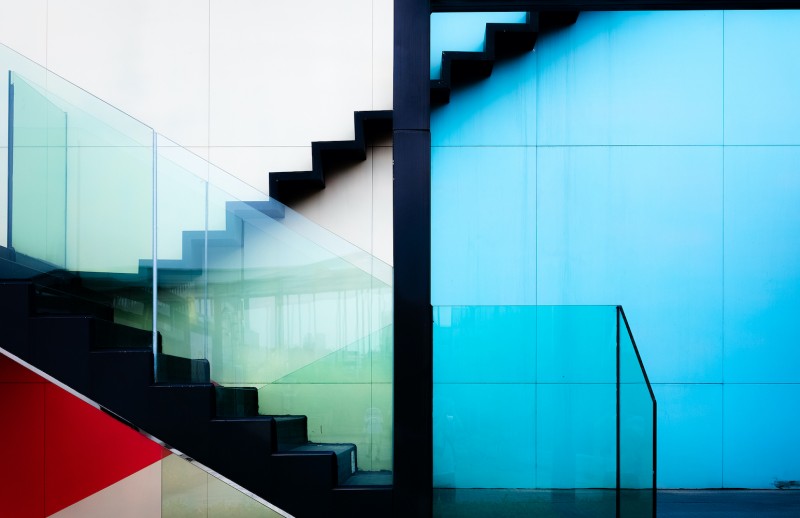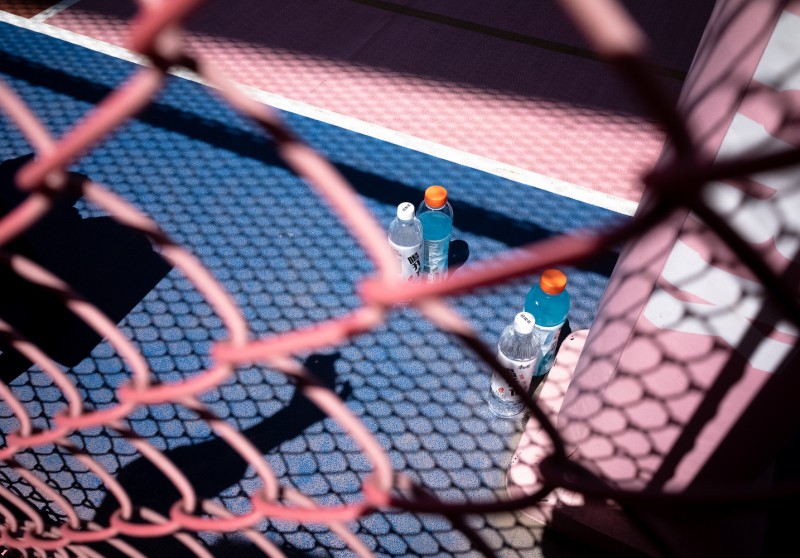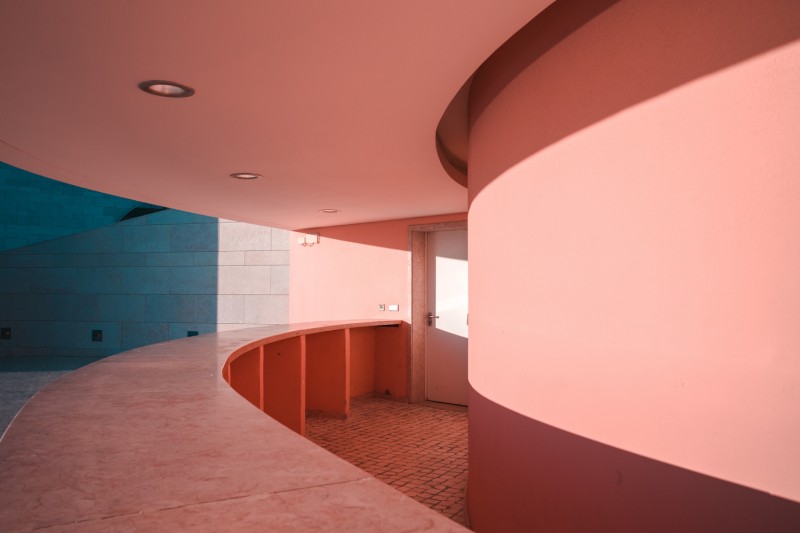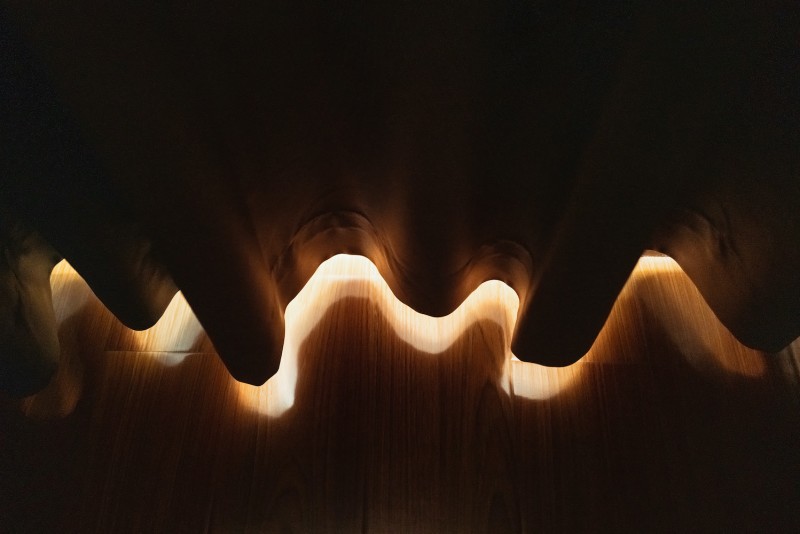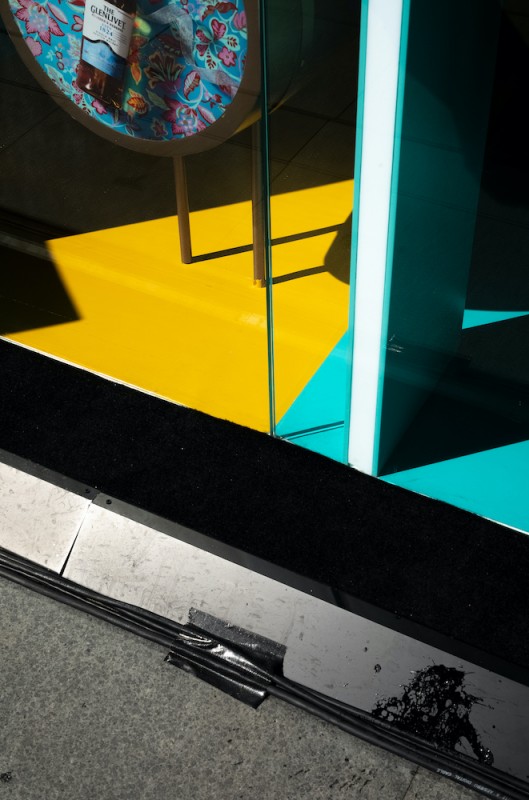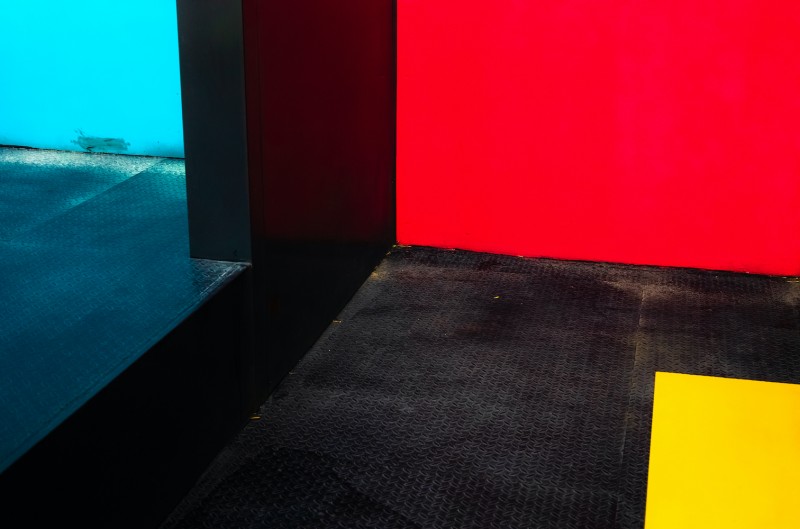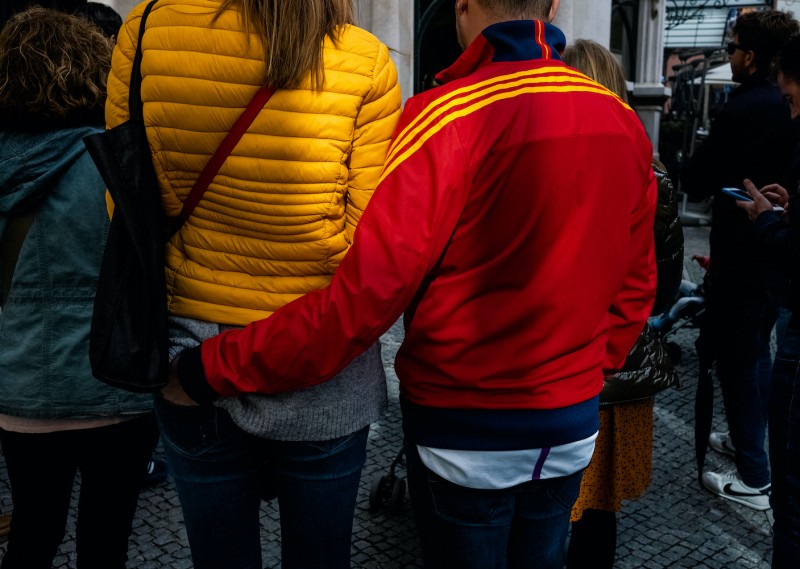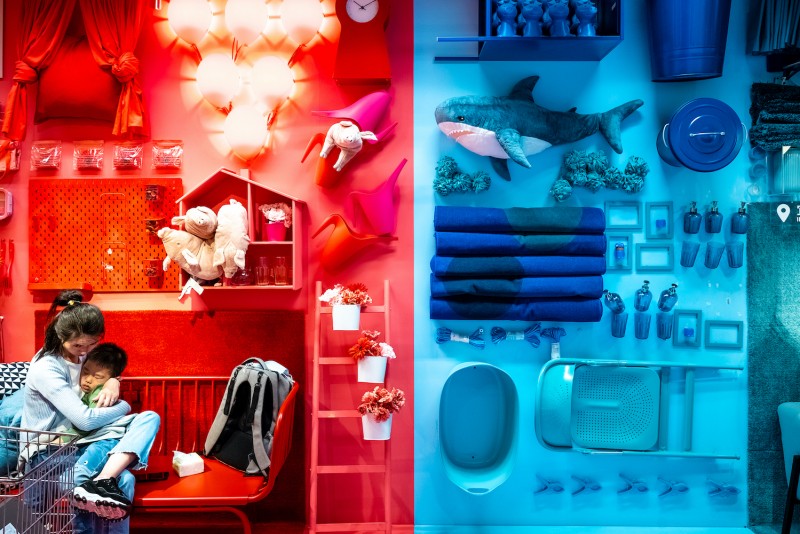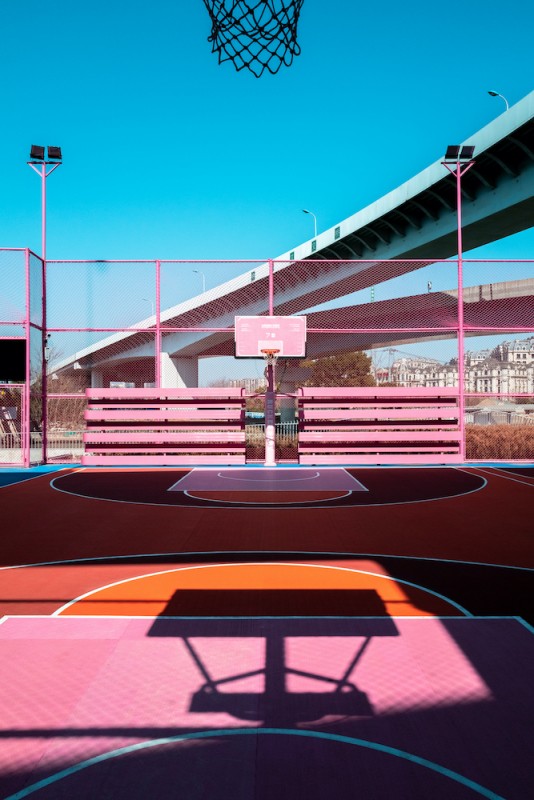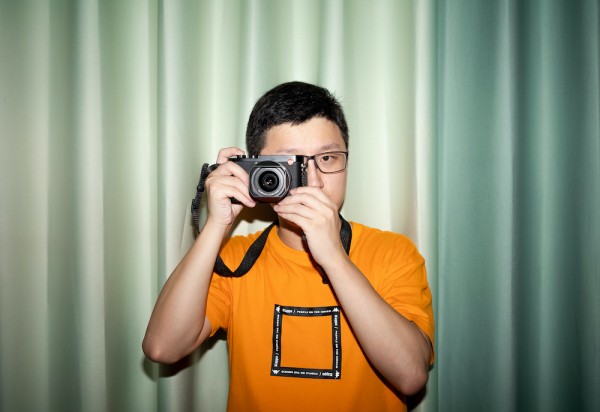On the streets of Shanghai
On the streets of Shanghai
Jiabin Zhu
September 6, 2021
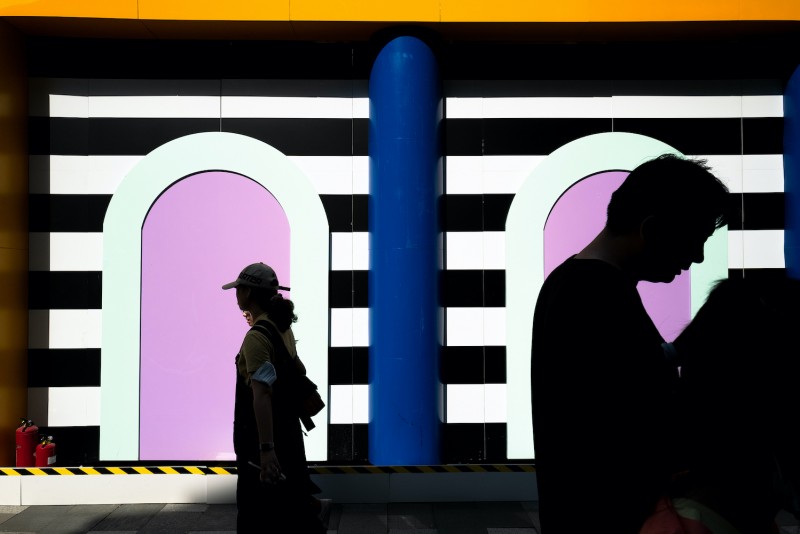
LFI: Where do you get the inspiration for your imagery?
Jiabin Zhu: When I was a student, I invested a lot of time in sketching exercises, which cultivated my sensitivity for light and shadow, structure, and lines; so when I started with photography, I was very interested in these elements. Large areas of colour, light, shadow and structure, have great visual impact. I love it.
Do you have any favourite time and places for taking pictures?
On the whole, I take photos before 10am or after 3pm, because the light during those periods is softer and the angle of incidence is lower, which makes it easy to produce dramatic scenes. It is easier to shoot silhouettes during these times. Of course, I also observe the light conditions at other times – basically I am ready to take photos at any time! For example, the neon lighting at night is very good and can create a dreamy atmosphere.
I don't have a fixed favourite location for taking photos. However, I do think that many commercial districts in Shanghai are very suitable for street photography, because they are full of colours, light and shadow, lines and structures, as well as all kinds of people. There are endless possibilities.
What catches your eye when you’re on the street?
When I walk on the street, no matter whether I carry a camera or not, I always observe the texture and angle of the light. I pay attention to the colours and shapes, and think about the kind of photos that will be produced when light, colour, and passers-by are combined. I always conceive the photos I want in my head, and then wait for the opportunity.
Lines and structure also fascinate me. I want to compose geometric figures from the lines and structures I see on the street. Through the arrangement and combination of multiple elements, I try to find the sense of order in the street in my photos.
What does photography mean to you, and how did you get into the world of Leica photography?
I am not particularly good at expressing my opinions in words, but I hope to use photography to show the world through my eyes. I want to make people notice that there are so many incidents, coincidences and dramatic moments in our lives. Because the street is a living space for all the people in a city, I like street photography very much. Leica cameras and lenses are inseparable from this genre of photography. They are light and compact, and the shutter sound is very soft, making it easy not to attract attention: that is very convenient for my street photography. The excellent image quality and colours are also important reasons why I use Leica cameras.
You use the Leica M system, as well as the Q2. What is, in your eyes, the biggest difference between these two systems when it comes to street photography?
I think the biggest difference is the viewfinder and focus. With the Leica M system, I use the optical viewfinder, which is very convenient and quick for me to observe a scene. And it is extraordinarily bright! However, the exposure status cannot be displayed in real time. When I work with the Q2, I usually use the display for live view and can quickly set the right exposure time for the photo. This is a completely different experience.
The focusing method is also very different. When I use the M system, I always apply hyperfocal focus. After I set the focus distance, I start taking pictures continuously. This method is very efficient for street photography. On the other hand, with the Q2, I can use autofocus…quick and easy! It is undeniable that autofocus is a technological advancement, and I enjoy using the autofocus on Leica cameras. But in the end, I do like both the M system and Q2 for my street photography.
Jiabin Zhu+-
Jiabin Zhu is from Shanghai, China, and his focus is on street photography. He uses the Leica M system and a Q2; 28mm focal length is his favourite. He concentrates on exploring the possibilities of the street scenes around him, and pays special attention to light and shadow, colour, lines and structure. He tries to use light and reflection to divide the space, or create several overlapping spaces, and is interested in the structure and sense of order in his pictures. More

